The lion dance is one of the most popular sights to see in Hong Kong as well as one of the most iconic and traditional. The lion dance has been an integral part of Hong Kong’s illustrious history since the late Qing dynasty during which nearly every walled village in the New Territories had their own lion dance troupe. The lion dance is said to bring good luck, fortune, and chase away evil spirits, making it especially important during Chinese New Year. The lion dance is also performed during the Mid-Autumn Festival and other major celebrations, for example, new companies and store openings, etc. What is the lion dance? How did this auspicious animal work its way into Chinese culture especially since lions themselves are not native to China?
Some believe that lions were brought into China along the Silk Road from Central Asia in ancient times as historical records for the lion dance in the northern parts of China predate the Tang dynasty and that the impressive animals were then mimicked in different types of ceremonies and performed for emperors. The dance then moved its way down from the northern parts of China to the Guangdong region and Hong Kong.
The lion dance is not to be confused with the dragon dance as the two are quite different. The lion dance is performed with only two dancers in the lion costume that work in tandem, whereas the dragon dance costume is much longer, has numerous people holding up the dragon with poles, and has its own unique story and tradition.
Photo by cegoh on Pixabay
Interesting Facts About the Lion Dance in Hong Kong:
- During China’s cultural revolution the Communist Party labelled the lion dance as “feudal” and “backwards” which ended up making Hong Kong a safe haven for many lion dance troupes.
- The lion dance was banned in Hong Kong around the 1970s and 1980s by the British government as the dance was tied to Triad gang-activity and fierce rivalries between troupes ensued.
There are two distinct styles of lion dances, the northern and the southern. Each is distinguished by the style of dance and the visible representation of the lion itself. The northern lion dance is the most common in the northern regions of China in which the lions there look more fierce and the dance style is more acrobatic and martial-arts based. The southern lion dance originated in the Guangdong region and is the most prominent style in Hong Kong. The southern lion is more symbolic, has delicate features, as well as a horn in the centre of the head that is associated with the legend of Nian. The southern dance style is full of character and focuses more on the natural movements of the big cat. With both styles however, the lion costume is worn by two performers who dance in tandem.
Within the southern lion dance there are also two styles, the Fo Shan and He Shan. The Fo Shan style is often adopted by martial arts schools with powerful, sharp, and emotive movements. Traditionally, a Fo Shan lion will have bristles instead of fur, a long tail and eyes that can swivel. The He Shan style is known for its impressive footwork, expressions, and unique appearance that is often accompanied with intense drumming. This style tends to mimic the cat’s natural movements and the appearance of this lion often has a lower forehead, a rounded horn, a fierce expression, as well as a flatter mouth and lips. The He Shan style often attributes vibrant colours to the lion costume and are used to indicate the lions character and age. White fur indicates the oldest lion, golden is the middle lion, while black fur indicates the youngest lion. Additionally, the golden lion represents liveliness, the red lion courage, and the green lion friendship.
Photo by cegoh on Pixabay
It is common to see lion dances within business centres and communities during the Chinese New Year due to the auspiciousness of the dance and a common tradition that takes place called “picking the greens” (採青). Oranges, tangerines or more often lettuce, as it sounds like a lucky word in Chinese meaning to create wealth, is offered to the lion. Attached to the lettuce is a lai see red packet containing money. This is offered to the lion, in which the lion will act curious and cat-like around it before taking the offering in his mouth. The lion will keep the lai see packet and spit out the greens and it is said that those that catch the greens will have exceptionally good fortune that year.
Like with the lion dance offering, this tradition of offering gifts like flowers, fruit baskets or hampers or traditional dried-seafood is one that carries on through the Chinese New Year in hopes of ringing in the year with as much luck as possible.
This is a Hong Kong GGB original 'All About the Lion Dance' blogpost.






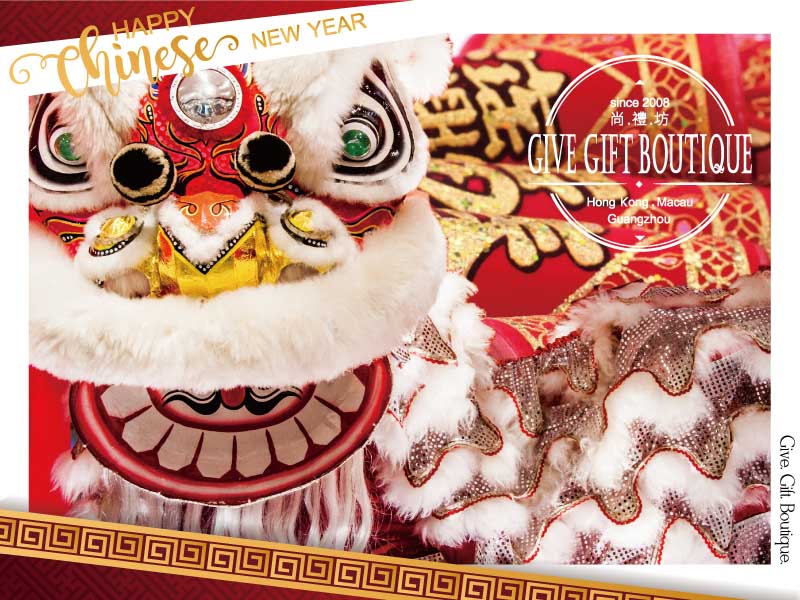
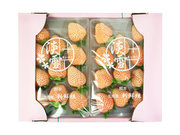

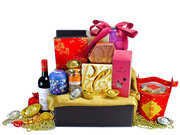


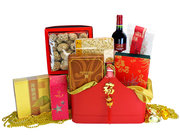
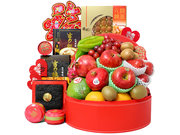
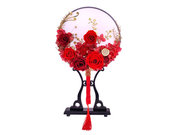
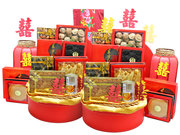
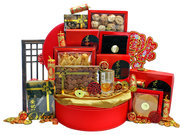

 Share
Share Tweet
Tweet +1
+1  Pin it
Pin it Post
Post  Weibo
Weibo Review
Review

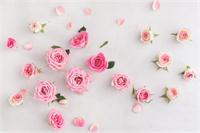

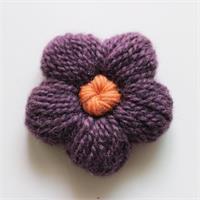
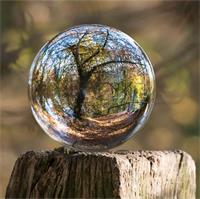
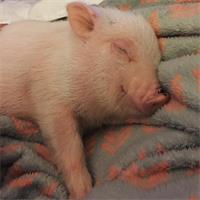
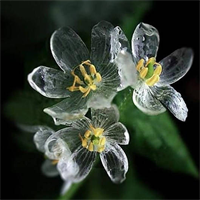
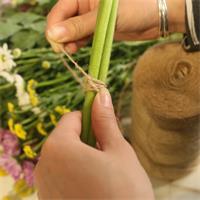











 Diwali Gifts
Diwali Gifts 
 ▶
▶